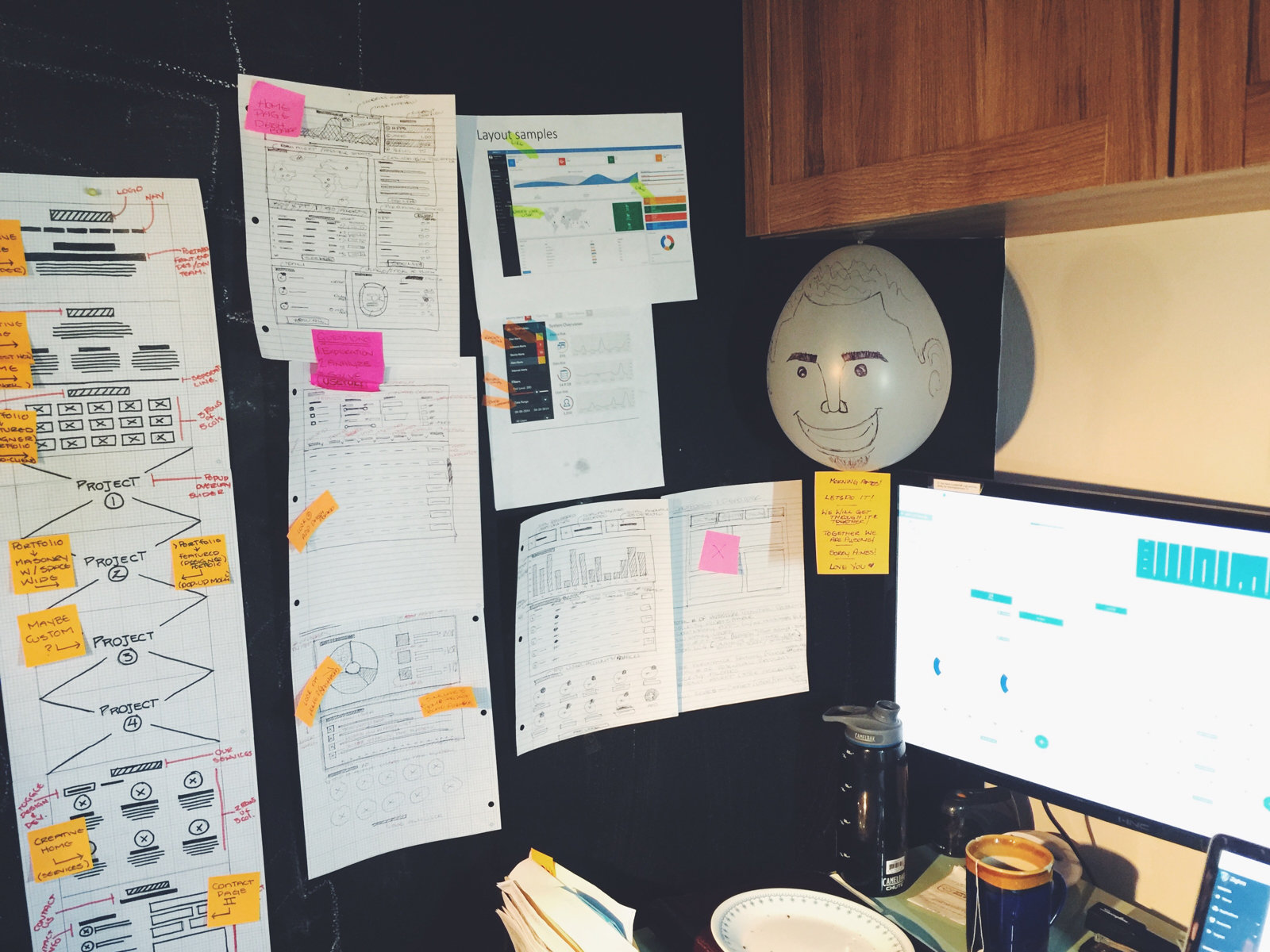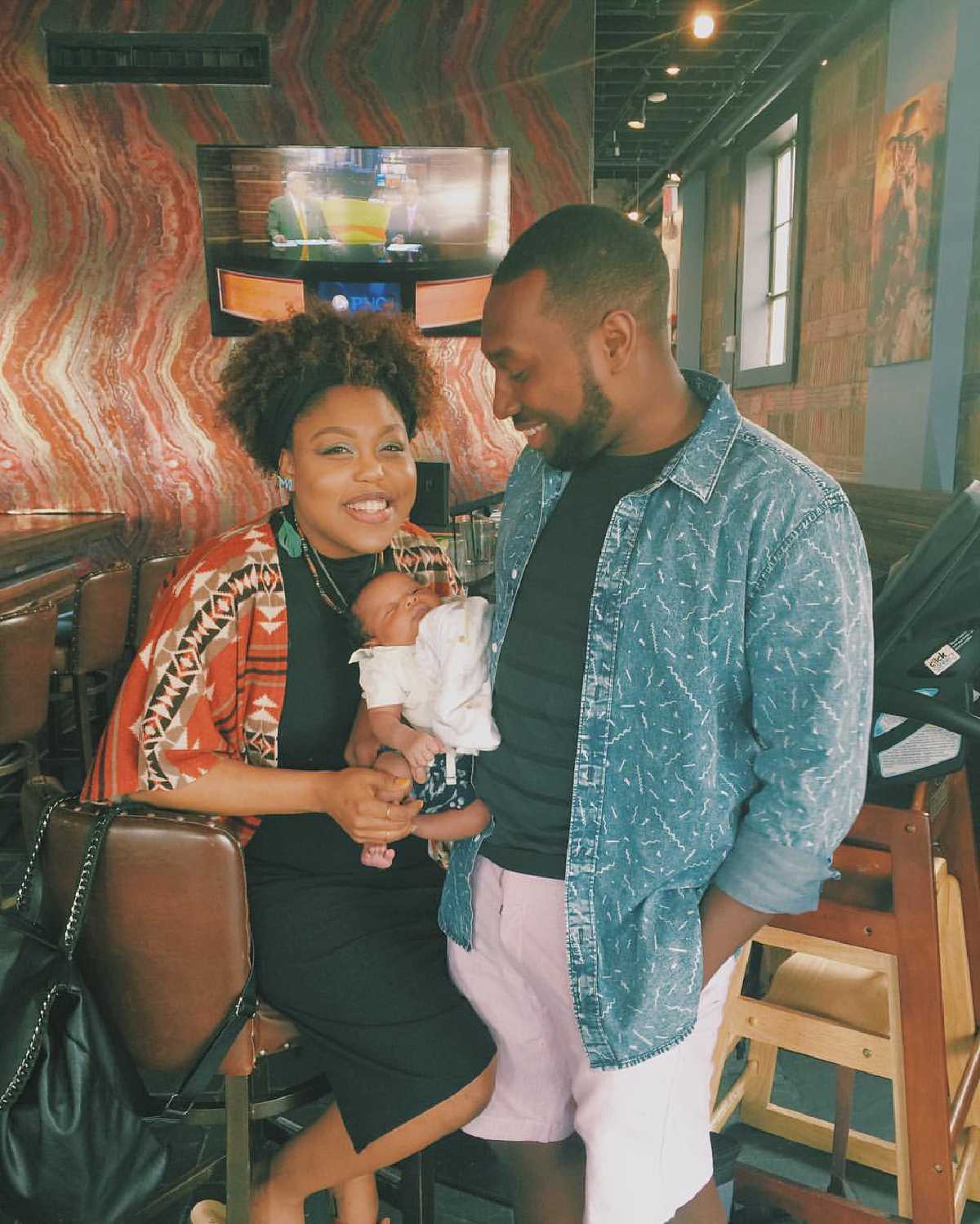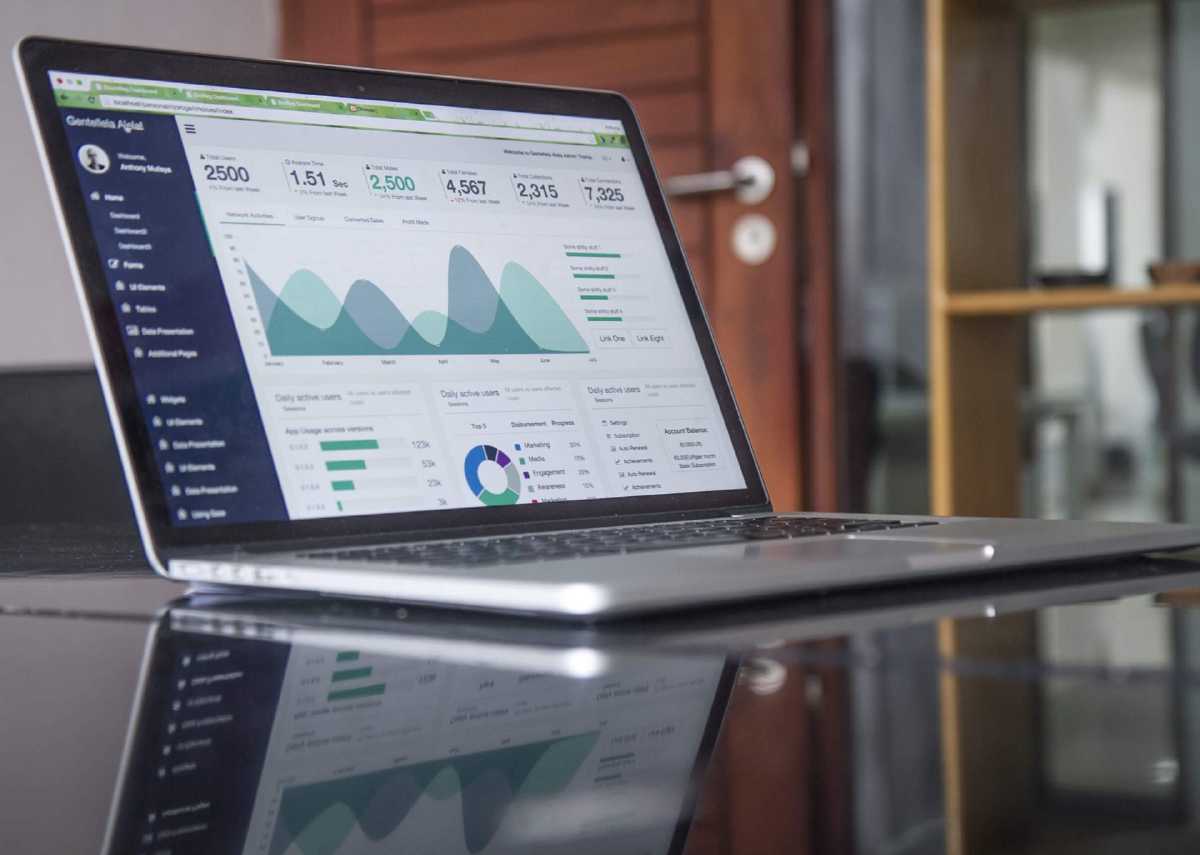This Small Purpose-Driven Company Dreams in Color to Save the World

In this post, we’re giving a summary of our latest podcast episode “Who Dreams In Color”. If you don’t have time to read the entire post, check out the link below! We’ve had a lot of conversations with people who were interested in what our name meant and the type of companies we aim to help. So we’re going to answer these questions now, dive into it, and give you the history of Dream In Color.
Who “Dreams In Color”
It’s really the kinds of clients that we work with, the ones with big vivid colorful dreams about helping others and changing the world. While every business can have these dreams, we happen to work with 5 particular industries:
Nonprofit organizations
AME Zion, Catholic Relief Services (CRS), Population Reference Bureau (PRB)
Healthcare organizations
i2i Population Health, The Health Management Academy, AstraZeneca
Education
Georgetown University, Identimetrics, WestEd
Finance
Capverto, Navy Federal Credit Union, UHY Advisors
Government
Office of Financial Research, Department of Transportation, and many government prime contractors
We want to give back to these industries that have done so much for us and can do good for so many others. So that’s who Dreams In Color is!
Hugs Over Handshakes: Projects That We’re Proud Of
My (Amy’s) favorite is one within the healthcare industry. I’m a type 1 diabetic and we were working with i2i Population Health. The project, basically, was working on software for insurance companies to better monitor their members and to hold doctors and providers accountable for what therapy, medications, and treatments they recommend to their patients.
I really connected with this project because, as a patient, I’ve felt that some providers were offered more incentives from certain pharmaceutical companies without thinking of whether their patients really needed those particular products and/or treatments. So this software helped insurance companies monitor the member’s condition/wellness and tracked their provider’s performance.
When we understand our customer’s true needs, we can create experiences that can wow them and fulfill them. That’s the heart of all of our projects. We focus on end-to-end UI/UX development, but those are just buzzwords for improving a customer’s experience. We firmly believe that design is development. The customer doesn’t care about the buzzwords or the technology behind a product. They only care about whether or not it works.
They want a seamless experience that speaks to them and fulfills their needs with ease. Apps that are beautiful, integrated, and easy-to-use are apps that gain traction. The customers are happy, our clients get the data they need to better serve them, and we get joy from knowing that our product is making a difference, while also keeping the “Dream” afloat.
We take time to understand those customers and what their challenges, but even further we hire skilled designers and developers that have a deeper understanding of the user’s challenges. For example, we hire talent that either has years of experience in the field and/or who provides a perspective that comes from an empathetic place, such as having experienced the users challenge first hand.
Chris’ favorite client was CED AME Zion (African Methodist Episcopal Zion Church). They were one of the first companies that gave us an opportunity to work with them in a business-to-business relationship. We’re actually working on something special for them right now because of how much we value them and our relationship.
In this business, long-term relationships are everything. It’s not just good business, but when you have a good relationship you can learn more about the impact that your products are making over time. It’s not just fired off into the ether and you never know if you helped them out.
As Amy says, hugs over handshakes. So when we look to work with a client, we’re looking for long-term relationship that’s centered around clarity and honesty.
We want room for us both to grow, pivot, make mistakes and adjustments because any decent product has to evolve in the same way. It’s an iterative process and you have to constantly adapt. You might have to fall on your face a few times before you get it right - like everything else. There’s always something new, new technology, new tools, new things to figure out. We’re constantly testing and helping our clients innovate.
What type of projects do you work on most?
All businesses rely on technology today, regardless of the industry. So instead of focusing on a specific type of project, we try to get the job done with the right technologies to meet their needs. Over the years, our agency has done many kinds of projects.
As we progressed and gained some experience and perspective, we realized that we loved working with humanity-focused organizations – this really fulfilled us.
So, as far as specific products are concerned, most of the projects that we’ve worked on have been web applications. We’ve also worked on SaaS products, software products, software redesigns, and front-end development. In addition to all of this, we’ve also done a lot of end-to-end projects (from conceptualization to implementation) of technology products as well. We firmly believe that the reason for this is seismic versus coincidence. I believe it’s due to the energy that we put out into the universe and it returns meaningful blessings and encouragement. But, it could also be where we are located (lol). I like option “A”!
Since DIC surfaced in 2012 we have seen an increase in product development and tech startups. The common trend is that there are no design teams within these successful companies. As UI/UX becomes more and more important to the success of all projects and to increase the ROI of legacy products, our services/partnerships with tech companies will be tremendously valuable because of our connection to the user’s perspectives.
More important than what we’re doing is why we’re doing it. There’s just a certain level of fulfillment and satisfaction when working on these humanity-based initiatives. However, creating innovative technology isn’t often in their wheelhouses.
In most cases, innovation can actually accelerate the speed at which they can achieve their desired end-goal, and also enhance the impact of their mission.
If they don’t keep up with the best ways of delivering quality products to people and lose their innovative edge, they might lose ground with their goals. We work with our clients to help them overcome that challenge.
What does the future of Dream In Color look like for us?
We have a bit of a blended future in mind, based on our mutual strengths. Chris is really interested in research and development. He’s the big innovation guy, especially for things that are new to the market.
Stuff like machine learning, virtual reality, augmented reality, blockchain, etc. He’s working on taking those technologies and applying them to the industries we work with.
Chris says, “When you work with technology, sometimes you can be predictive. You can come up with a solution before people know they have a problem. It keeps you ahead of the curve. It’s super-creative and freeing to work like that. Of course, you can also take a train and go completely off the rails.”
Amy’s perspective, on the other hand, is backed by a strong passion to continue to use technology for good to help others. In one of our previous podcasts, she talked about her past history and how that led her to focus on the areas that we currently focus on.
Amy says. “They [clients] need more information and data so they can do the best job they can, and that’s what our products help them to accomplish. Seeing where the money goes, where they need help, how well they are performing, all of that.”
So, Chris provides the technology, Amy provides the concept and the connections with the customer, and a lot of fun design solutions.
Together, that helps us better lead our teams, clients, and their users into a promising tomorrow!
Designers? Developers? Why Not Both?
One of our big specialties is that we’re designers who think like developers and developers who think like designers.
We’ve worked on projects from both perspectives and this has given us a much better view of what makes great products, rather than just focusing on one or the other. These days, Chris likes to focus on the development side and keeping up with the technology, as well as finding other talented programmers with development experience that want to help us do awesome things and continue to help Dream In Color help others. We want to be the place where our clients come knowing we can help them solve any challenge - most importantly the ones that relate specifically to solving their user’s needs.
Amy has naturally gravitated more towards design and its overall impact. She likes to get into the mind of the user(s), find out their pain points, and then create products to help fulfill those needs.
She’ll keep challenging her designers to broaden their frame of mind and sight to create impactful UI/UX design.
Also, she knows how to communicate the vision with developers and client and that’s important to a great partnership.


